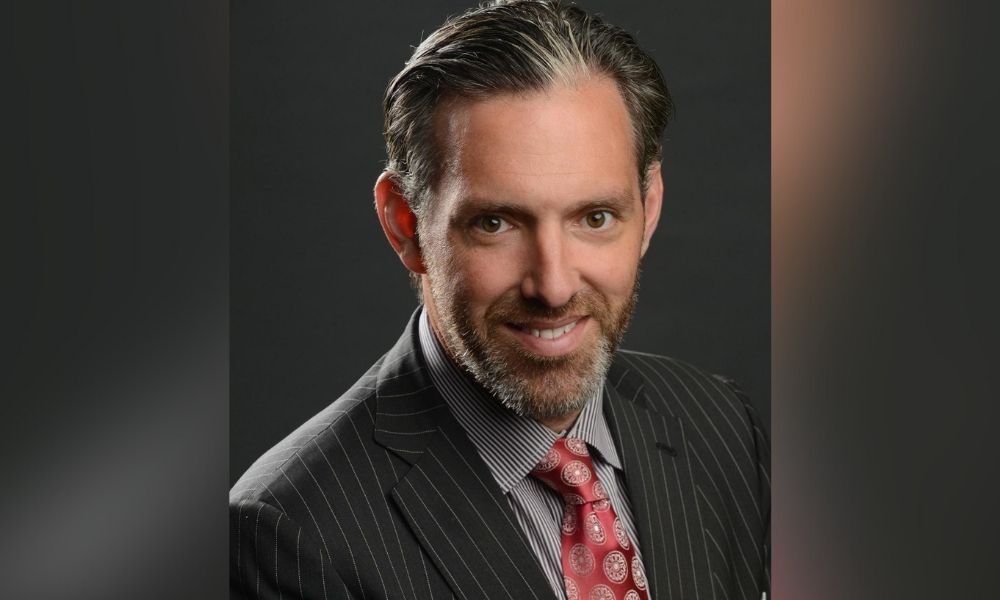To instil the proper discipline and guidance in young adult Canadians, Amos says, financial professionals should first help them establish clear boundaries between needs and wants, which should help them set a budget and establish a concrete path to saving. If possible, the budget should also allow for some buffer room to account for the effects of rising prices.
One often-forgotten element under the umbrella of needs, he notes, is the idea of paying down debt and maintaining a good credit score.
“If you want to be able to make larger purchases in the future, you need to have an established credit history and a strong credit score,” he says. “And with rates going up, you don’t want to end up in a situation where you can’t even afford to make the minimum payments, so you should work diligently to pay down your debt from the start.”
After delineating wants versus needs, Amos says, professionals can help young Canadians solidify their longer-term financial goals – whether it be homeownership, vacation, or retirement, for example – which should provide a clear target and a source of motivation as they set aside part of their income month after month.
Finally, advisors should be able to help clients craft the optimal strategy to achieve their objectives, whether it’s pre-authorized payments to their savings accounts, automating their investments, waiting overnight before acting on unplanned purchases, re-evaluate their consumption preferences, or other approaches.


